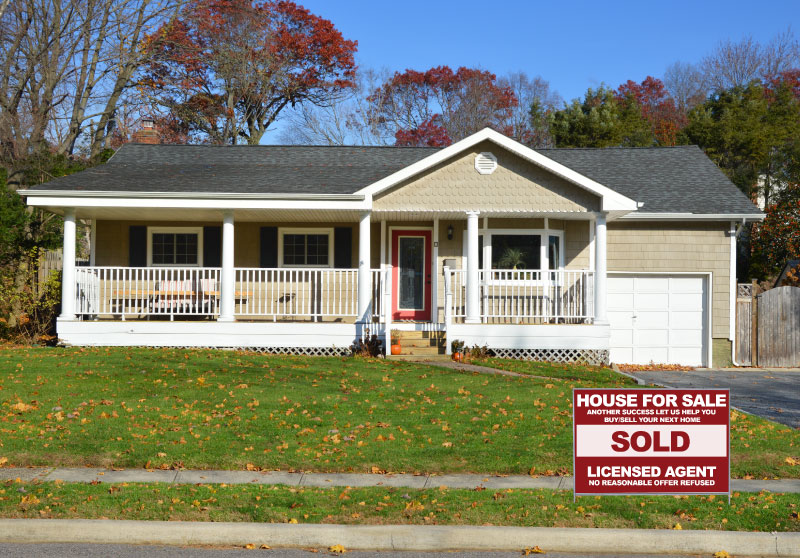
Last week, the U.S. Census Bureau released the final homeownership numbers for 2018 and indicated that Hispanic homeownership rose for the fourth consecutive year, and the gain was the largest since 2005. Hispanics are the only demographic to have its homeownership rate increase for four consecutive years. The increase is even more impressive if you consider that affordable housing inventory is extremely low in most markets and access to credit is still tight. So why is this happening? I think you have to look at three things: 1) Hispanics have not wavered in their passion for homeownership. While some people believe that Millennials don’t have the same interest in homeownership that past generations have had, there is no indication that Hispanics have lost any motivation to be homeowners. 2) Hispanics are more mobile than other population segments. In the last decade, Hispanics have migrated to communities in the Midwest and South in record numbers where housing is more affordable. 3) Hispanics are aging into their prime homebuyer years. Age and income are the most relevant metrics associated with homeownership and Hispanics are the youngest demographic in the country. If you also consider that income and educational attainment is also on the rise for Hispanics, it is clear that Hispanics will be driving homeownership gains in the U.S. for the foreseeable future.
Realtors help families navigate the largest and most intimidating financial transaction of their lifetime. They serve as guides, counselors, cheerleaders, and protectors. Many of them remain friends of their clients for life. America is at its best when its citizens are stakeholders.
The usual solutions will not solve the current housing affordability crisis. Any solution that does not begin and end with a sustainable plan to radically increase housing supply is just noise. The barriers to increasing housing supply are complex and require the crucial cooperation of both public and private sectors, and more education.
It has been long understood that a nation of stakeholders makes for a strong union, and for that reason, closing the minority homeownership gap has been a goal and a topic of discussion for decades.
